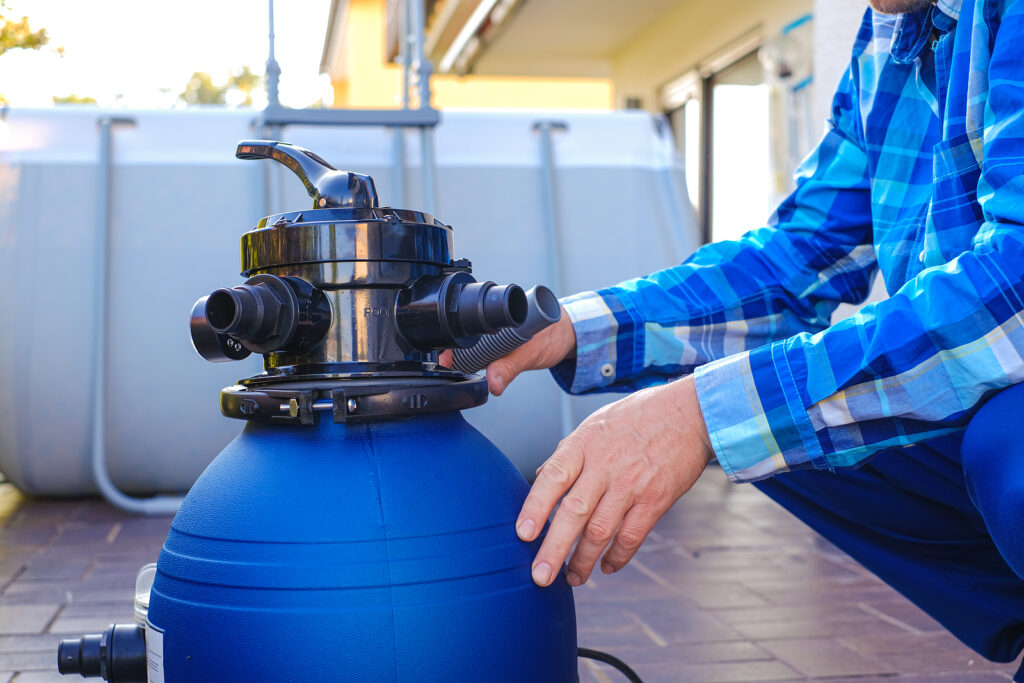If you manage a property with water systems, there’s one invisible threat you can’t afford to ignore – Legionella bacteria. In the right conditions, this microorganism can multiply quickly and cause serious illness, including potentially fatal Legionnaires’ disease.
The good news? With the right tools, specifically Legionella testing kits, you can identify risks and take action to protect everyone using your facilities.
The proof is clear. Businesses, landlords, and care providers who conduct regular legionella testing:
- Stay ahead of problems
- Comply with legal standards
- Maintain safer water systems
By understanding how to use these kits, you can transform testing from a daunting task into a straightforward, reliable process.
Legionella and the Need for Testing
Legionella bacteria naturally occur in freshwater environments, but they become a health hazard when they grow inside human-made water systems. Warm, stagnant water, particularly between 77°F and 113°F (25°C to 45°C), creates ideal breeding conditions. Tanks, cooling towers, and plumbing systems can all become host environments if water is left sitting or if temperatures aren’t controlled.
When inhaled through tiny water droplets or mist, Legionella can cause Legionnaires’ disease, a severe form of pneumonia. It can also lead to Pontiac fever, a milder flu-like illness. Persons with weak immune systems, the elderly, and those with chronic respiratory conditions are most at risk.
Why Testing Matters?
Testing for Legionella is not optional. In many cases, it’s a legal requirement. In the UK, for example, regulations require duty holders to manage and control the risk from Legionella. Similar rules exist internationally, especially for businesses and public facilities.
Beyond legal obligations, testing plays a critical role in preventing outbreaks. You cannot see, smell, or taste Legionella bacteria, so laboratory analysis is the only way to confirm whether your water is safe.
Common Scenarios Requiring Testing
While every property manager should be aware of the risks, certain settings are especially vulnerable:
- Care homes and nursing facilities – residents are often high-risk individuals.
- Hospitals and healthcare facilities – immunocompromised patients need extra protection.
- Hotels and leisure centers – high turnover of guests and varied water usage patterns create testing challenges.
- Rental properties – landlords must ensure water safety for tenants.
- Industrial and commercial buildings – large-scale systems can hide stagnant zones.
How to Choose Your Legionella Testing Kit
Not all Legionella testing kits are the same. The two main categories are:
- DIY indicative testing kits – These allow you to collect samples yourself and send them to a laboratory for analysis. They are cost-effective and widely used by facilities managers, landlords, and safety officers.
- Full-service laboratory analysis kits – Often provided with professional sampling and on-site consultation. This option can be ideal if you need in-depth risk assessments or have complex systems.
You’ll also find kits designed for single samples and others for multiple samples, which can be more economical for larger properties.
Factors to Consider
When selecting a kit, look beyond the price tag:
- Speed of results – Some labs provide results within 10 days; others offer faster turnaround for urgent cases.
- Cost-effectiveness – Multi-sample kits may save money over time.
- Accuracy and certification – Always use a supplier whose kits are processed in UKAS-accredited or equivalent laboratories.
Choosing the right kit means fewer repeat tests and more reliable data for your records.
Step-by-Step Guide to Using Legionella Testing Kits
Before you begin, gather your protective gear. Disposable gloves and eye protection help prevent contamination, for you and the sample. Read the kit instructions in full before you start. Each kit may have slightly different requirements, so knowing them upfront avoids mistakes later.
Identify the sampling points in your system. These may include hot and cold outlets, storage tanks, or other areas specified in your Legionella risk assessment.
Take Your Water Sample Correctly
A good sampling technique is crucial. A poor sample could give misleading results.
- Flushed vs. unflushed samples – If you want to check the water as users first encounter it, take an unflushed sample. For checking the system water itself, you may need a flushed sample.
- Avoiding contamination – Do not touch the inside of the bottle or lid. Fill the bottle to the indicated level, and use any provided neutralizing agents correctly.
- Labeling – Record the sampling point, date, and time clearly. Poor labeling can cause mix-ups at the lab.
Once collected, store samples upright in a cool place until they are sent for analysis.
Send Your Samples for Analysis
Timing is important. Samples should be shipped to the lab as soon as possible, ideally on the same day. Use the packaging provided in your kit, making sure bottles are secured and leak-proof. Follow the supplier’s instructions for courier services or drop-off arrangements.
Interpret the Results
Laboratory results are typically expressed in cfu/L (colony-forming units per liter). Here’s what they generally indicate:
- Not detected – No Legionella found in the sample.
- Low level – May not require immediate action, but should prompt review of controls.
- High level – Immediate remedial action required.
Your supplier or water safety consultant can help you understand these numbers in the context of your legal and safety obligations.
Actions to Take After Testing
-
If Results Are Clear
You can celebrate – briefly. Clear results don’t mean you can relax your controls. Continue with your existing maintenance program, flushing infrequently used outlets, keeping temperatures within safe ranges, and following your testing schedule.
-
If the Results Show Legionella
If your test results indicate Legionella is present, act immediately:
- Restrict water use in affected areas to prevent exposure.
- Inform relevant authorities if required by law.
- Begin disinfection, either thermal treatment (raising water temperatures to kill bacteria) or chemical disinfection using biocides.
- Retest to confirm the system is safe before resuming normal use.
Delaying action can allow bacteria to spread further into the system.
Legal Documentation
Keep all test results, records of remedial actions, and correspondence with laboratories or contractors. Regulatory inspections may require proof of testing and follow-up measures. Good record-keeping also helps track trends over time.
How to Prevent Legionella in the First Place
While testing is essential, prevention remains your most powerful tool. Adopt these measures:
- Flush infrequently used outlets at least weekly.
- Maintain hot water at or above 140°F (60°C) and cold water below 68°F (20°C).
- Clean and disinfect tanks, cooling towers, and associated pipework according to your maintenance schedule.
- Conduct regular Legionella risk assessments and review them whenever your system changes.
A proactive approach reduces the chance of costly emergencies and protects everyone who uses your facilities.
Conclusion
Legionella bacteria may be invisible, but their impact on your health can be devastating. Using Legionella testing kits can detect risks early, take corrective action, and maintain a safe, legal, and trustworthy water system.
Don’t wait for a problem to arise. Order your certified Legionella testing kit from a trusted supplier today. Then set up a testing schedule, and make water safety an unshakable part of your property management plan.



































